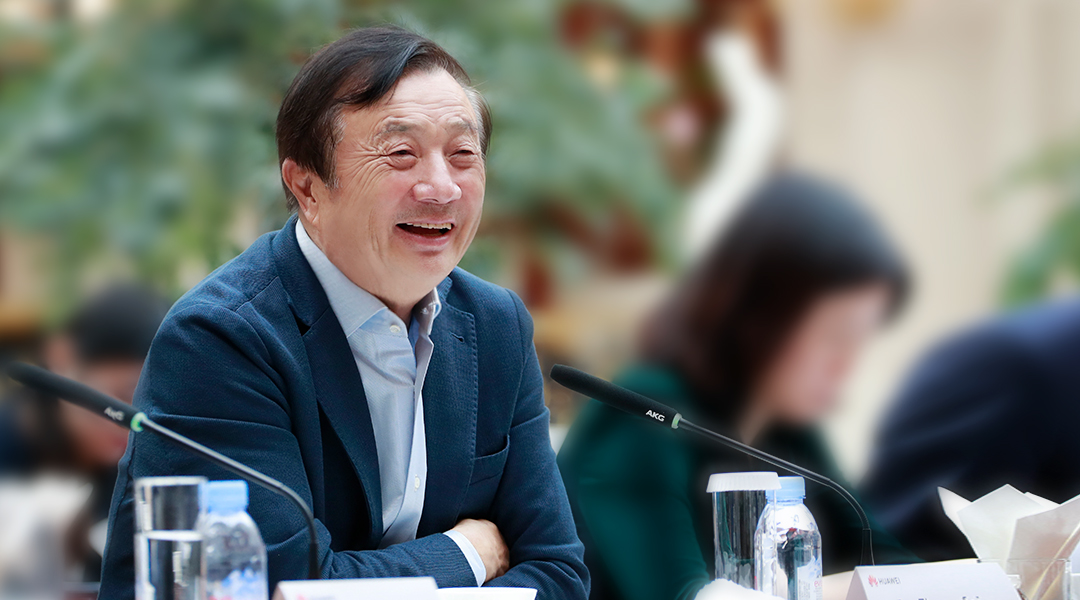The US Commerce Department has not issued any licences allowing companies to do business with Huawei in spite of having received more than 130 applications, Reuters reported, citing three unnamed sources.
The figure is far higher than the 50 applications that Commerce Secretary Wilbur Ross said the department had received in July.
In late June, as an enticement to lure China back into trade talks, US president Trump said the country would begin issuing licences allowing firms to do business with Huawei.
The licences would allow companies to get around the ban on trade with the company after it was placed on the national security “entity list” in May.

Deadlock
In mid-July a manufacturer’s representative was told by a senior US official that licences could be granted in less than two weeks.
However, two months after Trump’s initial comments, officials have yet to issue a single licence as negotiations continue between the US and China.
In August the US and China announced more tariffs on one another’s goods, after which Trump took a more conciliatory tone at the G7 summit the weekend of 24 August.
The two countries are due to resume negotiations in Washington in September, but no dates have yet been announced.
William Reinsch, a former Commerce Department official, said officials were “afraid” to move ahead with issuing licences due to mixed messages from the White House.
“Nobody in the executive branch knows what (Trump) wants and they’re all afraid to make a decision without knowing that,” Reinsch told Reuters.
‘Unjust treatment’
The Commerce Department said the process of considering licences was “ongoing”.
Huawei did not respond to a request for comment, but has called on the US to remove it from the entity list and to cease “unjust treatment”.
The firm spent $11 billion (£9bn) on components from US chipmakers including Intel, Qualcomm and Micron last year.
In August US officials extended a relief period from the blacklist sanctions by 90 days, but the relief is limited to exceptions such as repairing and maintaining existing Huawei handsets and networks.
Huawei said last week it intended to launch its Mate 30 flagship smartphone in Europe this month, even if it meant doing so without Google software and apps such as the Android OS, YouTube or Gmail.
In August UK digital minister Nicky Morgan told the BBC the government planned to make a decision on whether to allow the use of Huawei equipment in the country’s 5G networks “by the autumn”.





